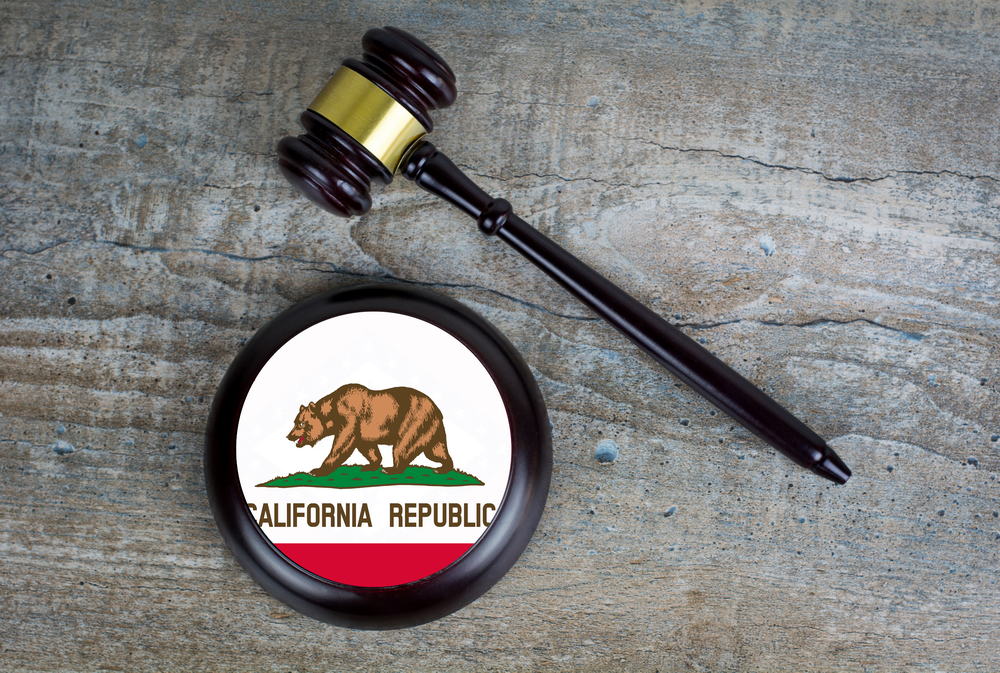Like every other state Judgment Collectors operates in, California has its own set of rules judgment creditors need to abide by. The rules cover everything from how judgments can be collected to when creditors can actually get started on collecting. That brings up a question: when is it appropriate to start working on collecting a California judgment?
Here is the simple answer: as soon as possible. But things are slightly more complicated than that. In California, the type of judgment you are dealing with determines how soon you can start collecting. California distinguishes between judgments rendered in small claims court and civil judgments.
To Delay or to Not Delay
According to documents published by the California Courts, small claims judgments are subject to a 30-day waiting period. This is true regardless of whether the defendant appeared in court and lost or is subject to a default judgment for failure to appear. The 30-day delay is intended to give the defendant time to appeal.
If the defendant appeals and loses, a new judgment is rendered on your behalf. You can then start collecting as soon as the court clerk enters the judgment. On average, it takes about 10 days or so. In the case of a default judgment, collection efforts can begin after 30 days. However, the defendant still has 180 days to file a motion to vacate.
Know that the 30-day delay only applies to judgments entered in small claims court. There is no waiting period for collecting civil judgments unless the court has ordered a stay pending appeal.
The Sooner the Better
Waiting periods aside, our position at Judgment Collectors is to get started as soon as possible. The sooner, the better. We also believe it is wise to get a collection agency involved from day one. Trying to collect a judgment in-house rarely goes as well as judgment creditors expect it to.
The point of getting started right away is to not give the judgment debtor time and space to avoid paying. By getting to work on collecting as soon as the law allows, judgment creditors:
- Hit the Ground Running – Getting started on day one means hitting the ground running. When a collection agency is involved, the agency can familiarize itself with the case during the waiting period.
- Control the Situation – It is in a judgment creditor’s best interests to control the situation as much as possible. By getting started right away, creditors maintain control rather than surrendering it to debtors.
- Have More Options – Judgment creditors have access to the greatest number of options during the early days of collection. The longer it takes to collect, the fewer options there are for doing so.
We are big fans of the ‘minimally invasive’ approach to collecting California judgments. This is to say we prefer to collect using the least aggressive methods. If we can simply speak to a debtor and convince him to work out a voluntary payment plan, that’s often the best way to go. But keeping things at a low level requires getting us involved from the start.
Time Is the Debtor’s Friend
Judgment creditors in California are subject to a 30-day waiting period on judgments rendered in small claims court. There is no waiting period in civil cases. Regardless, the best time to start working on collection is as soon as legally possible. Always remember that time is the debtor’s friend.
Getting started right away takes the advantage away from the debtor. That is what you want. You want to maintain control of the situation by getting started early and utilizing every available option.

